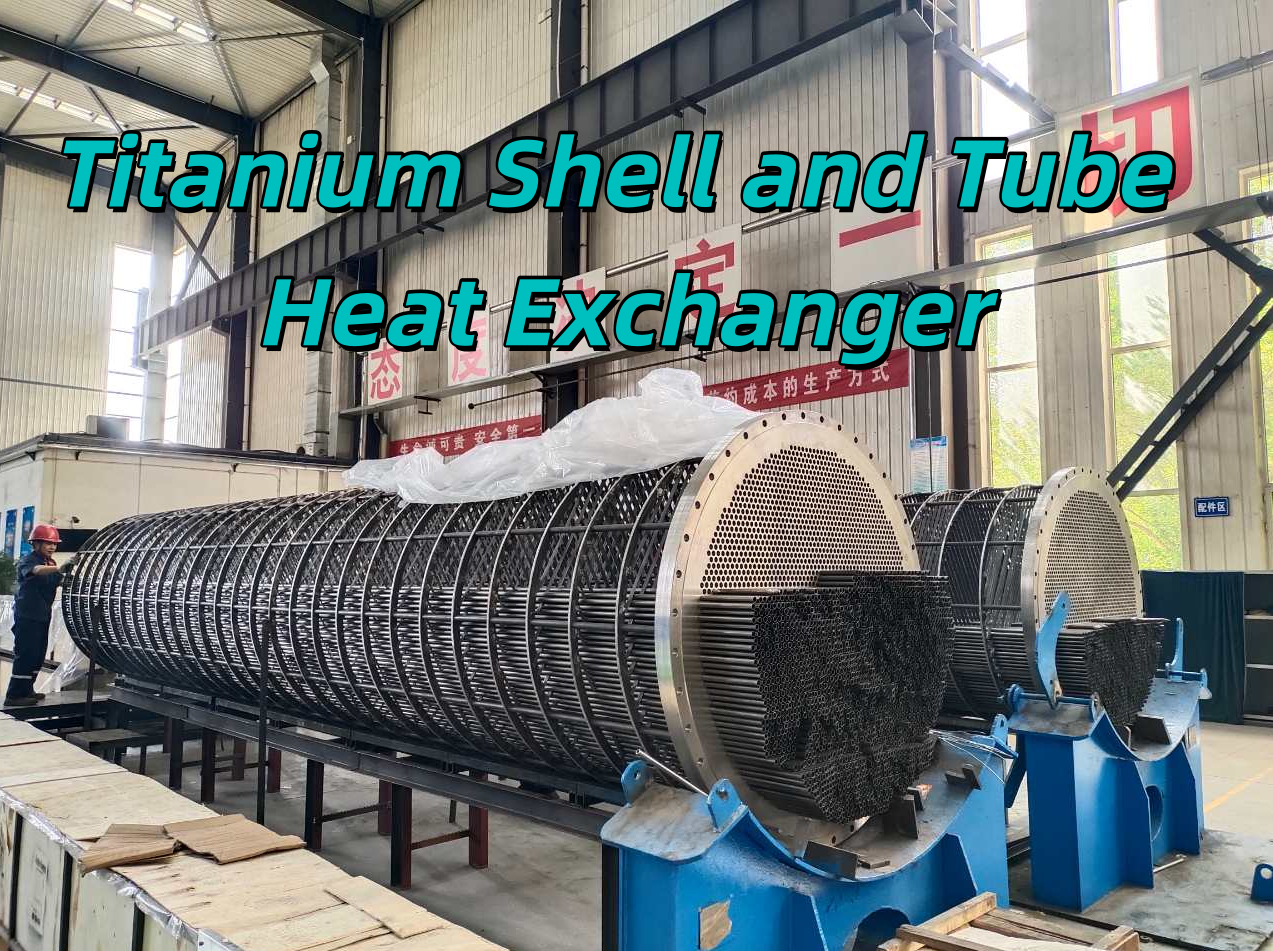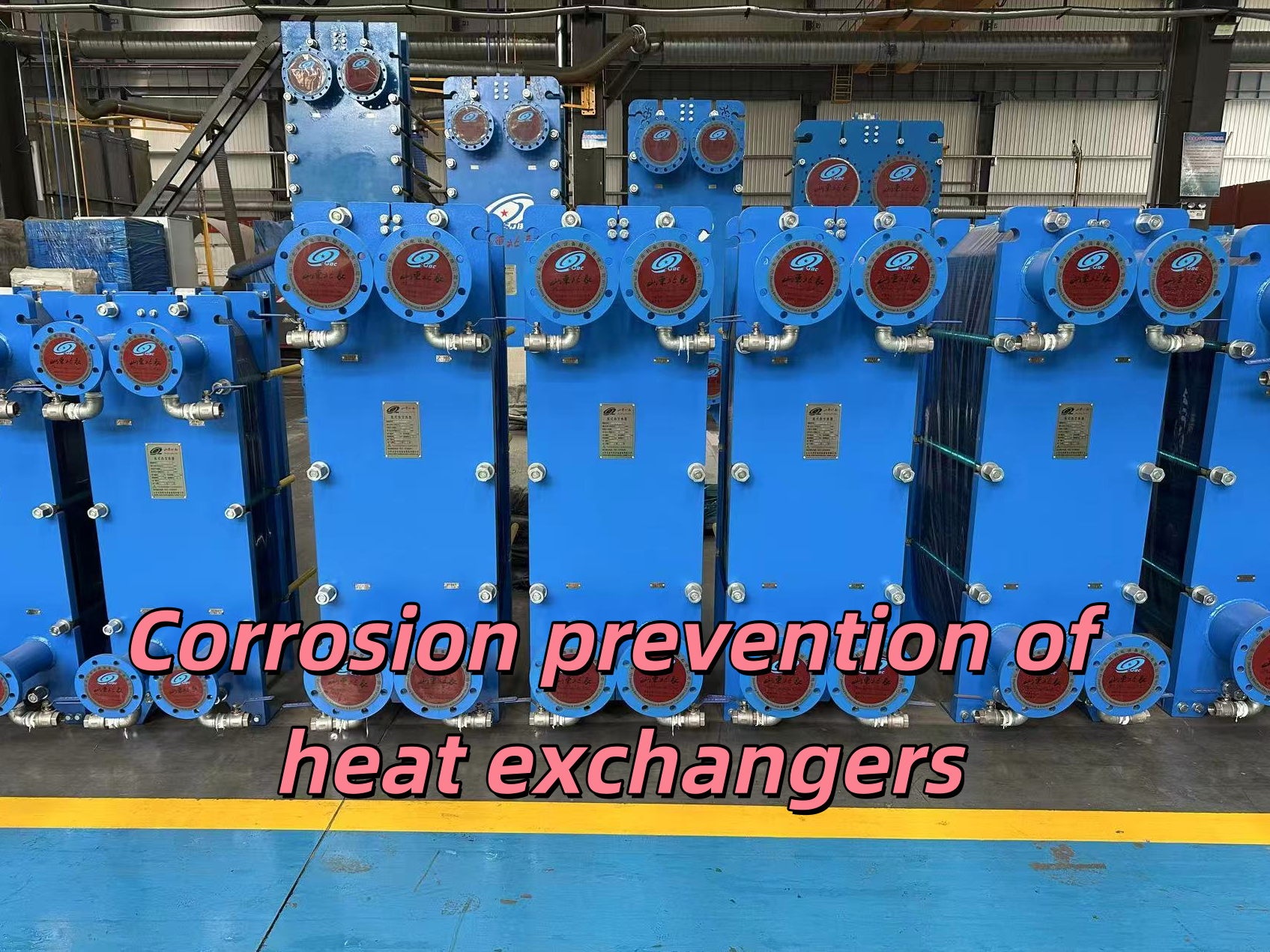Develop China's green energy background.
Release time:
2024-12-13
Outline: China focuses on energy conservation and carbon reduction, implementing dual control on energy and emissions. Key achievements:
1. Saved 1.4 billion tons of standard coal and reduced CO2 by 3 billion tons in a decade.
2. Industrial energy consumption per unit value-added down 36%; 64% of urban buildings energy-efficient.
3. Clean, efficient transportation system; increased new energy vehicles; reduced energy intensity in public institutions.
4. Promoted renewable energy use, end-use electrification, and green lifestyles.
Text:
Green is the base color of ecological civilization. China has firmly established and practiced the concept that clear waters and lush mountains are gold and silver mountains. It has planned a development mode based on harmonious coexistence between man and nature, shifted its dependence on energy and resources, and promoted a comprehensive green transformation of economic and social development.
1. Strengthening institutional constraints on energy conservation and carbon reduction
We will always adhere to the policy of giving priority to energy conservation, curb irrational energy consumption, and work hard to transform the way resources are used and improve their efficiency.
Make good use of energy consumption dual control baton. The implementation of dual control of energy consumption is an important institutional arrangement for China to accelerate the construction of ecological civilization and promote high-quality development. In response to the new situation of economic and social development, China has set the reduction of energy intensity as a binding target and promoted the transition to dual control of carbon emissions. Over the past decade, through industrial restructuring, optimization and upgrading, China has vigorously developed energy-saving and carbon-reducing technologies and industries, comprehensively improved energy efficiency, and continuously reduced energy intensity, saving 1.4 billion tons of standard coal and reducing carbon dioxide emissions by about 3 billion tons.
Building a three-dimensional energy-saving management system. We will thoroughly implement the Energy Conservation Law of the People's Republic of China, the Circular Economy Promotion Law of the People's Republic of China and other laws and regulations, establish and improve systems for the review and supervision of energy conservation in fixed asset investment projects, clarify the requirements for energy conservation management in key industries and key enterprises, strengthen the management of energy conservation in key energy-using units, and implement the "leader" system of energy efficiency. We will enhance the internal impetus for energy conservation and efficiency improvement. We will give full play to the leverage of tax and financial policies and guide the whole society to increase investment in energy conservation and efficiency improvement.
We will innovate market-oriented ways to conserve energy. Strengthen the energy efficiency standard identification management system, and constantly promote the revision of standards in the field of energy conservation, and lead all aspects of energy conservation and efficiency improvement with standards. By the end of 2023, a total of 335 national standards such as energy consumption quotas and product energy efficiency have been issued, and energy efficiency labels cover 44 types of energy-using products in five major energy-using fields. We will actively promote market-oriented mechanisms such as contract energy management, and promote "one-stop" integrated service models such as energy-saving consultation, diagnosis, design, financing, renovation, and hosting. By 2023, the total output value of the energy-saving service industry will exceed 500 billion yuan, double that of 2013.
2. Promoting energy conservation and efficiency improvement in key areas
To save energy and improve efficiency, we must gnaw hard bones. As the main body of energy consumption in the whole society, industry, construction, transportation, and public institutions are the "basic plates" of energy conservation and efficiency improvement work. Through the comprehensive implementation of energy conservation standards, the promotion of advanced energy efficiency products, and the elimination of backward production capacity, energy efficiency in key areas has continued to improve.
Tap the potential of industrial energy conservation. Industrial enterprises are the top priority in energy conservation and efficiency improvement, and continue to promote the elimination of backward production capacity and energy-saving technology transformation in the industrial field, actively promote production process innovation, process reengineering and digital intelligent upgrading, and organize key enterprises to improve the level of fine management of energy use. Over the past decade, energy consumption per unit of added value in industries above designated size has dropped by more than 36 percent, and overall energy consumption per unit of steel, electrolytic aluminum, cement, glass and other products has dropped by more than 9 percent on average.
Promote green and energy-efficient buildings. China is in the midst of the world's largest urbanization process. In order to avoid a high-carbon lock-in effect, China has strengthened energy-saving standards for new buildings, steadily promoted energy-saving renovation of existing buildings, and accelerated the development of ultra-low energy and near-zero energy buildings. By the end of 2023, the total energy-saving building area had reached 32.68 billion square meters, and energy-saving buildings accounted for more than 64% of the existing building area in cities and towns, an increase of nearly 30 percentage points over 2013, and more than 43.7 million square meters of ultra-low energy and near-zero energy buildings had been built.
We will build a clean and efficient transportation system. With the development of economy and society, the demand for logistics and travel continues to increase, and the energy used in transportation will continue to grow. China has accelerated the development of multimodal transport and increased the proportion of railway and waterway transport in comprehensive transport. We will give priority to the development of urban public transport, build and improve a green travel service system, and promote the application of new energy vehicles in urban passenger transport. Emission standards for motor vehicles are in line with the world's advanced level, and vehicles with emission standards of national III and below are basically eliminated. The energy intensity of transport continues to decline, and the comprehensive energy consumption per unit of railway transport workload in 2023 will be about 19% lower than that in 2013. Vigorously develop the charging infrastructure network, and improve the layout and service facilities of hydrogen refueling and filling stations. By the end of 2023, nearly 8.6 million charging infrastructure units and more than 450 hydrogen refueling stations have been built.
Building conservation-oriented public institutions. China has formulated the Regulations on Energy Conservation in Public Institutions, actively carried out activities to establish energy-saving institutions and public institutions, promoted the use of contract energy management to implement energy-saving technological transformation, promoted the electrification of terminal energy use in public institutions, advocated green office and green travel, and prioritized the procurement of green energy-saving products. By the end of 2023, 90 percent of government agencies and units at and above the county level had built conservation-oriented institutions, and 5,114 demonstration units of conservation-oriented public institutions had been created. In 2023, the per capita comprehensive energy consumption of public institutions in China will be reduced by 20.4% compared with 2013.
3. Foster new models of green energy consumption
China actively guides the whole society to give priority to the use of green energy, vigorously carries forward the fine Chinese tradition of diligence and frugality, and promotes the transformation of lifestyles and consumption patterns into simple, moderate, green, low-carbon, civilized and healthy ways.
Promote renewable energy consumption. Implement the renewable energy power consumption responsibility weight system, set annual renewable energy power consumption responsibility targets for provinces (autonomous regions, municipalities directly under the central government) administrative regions, and monitor and evaluate their completion. Establish a renewable energy green power certificate system, the green power certificate as the energy unit consumption of green power and the only proof of environmental attributes. Take green electricity consumption as an important basis and content for evaluating, certifizing and labeling green products, encourage the whole society to give priority to the use of green energy and the procurement of green products and services, and encourage qualified enterprises to form a low-carbon and zero-carbon energy consumption model. The 2022 Beijing Winter Olympics and 2023 Hangzhou Asian Games will both use 100% green electricity.
Promote end-use electrification and decarbonization. In the industrial sector, the focus is on production heating, drying, steam supply and other links, the implementation of high-temperature heat pumps, electric heating and other electric energy replacement, and the demonstration application of renewable energy hydrogen production in chemical and metallurgical fields. Solar water heaters and electric cookers are widely used in the construction sector, and clean heating in the northern region is actively promoted, and clean and low-carbon energy such as electricity, natural gas, biomass, geothermal and industrial waste heat are promoted to replace coal-fired heating, with a clean heating rate of nearly 80% in the northern region by 2023. In the field of transport, we will vigorously promote new energy vehicles, improve the level of railway electrification, and promote the use of shore power for ships and aircraft calling ports. By the end of 2023, China had more than 20.4 million new energy vehicles on its roads, and 73.8 percent of the country's railways were electrified. The electrification rate of end-use energy in the whole society has reached 28%, and the electrification level has increased by about 7 percentage points in the past decade.
Practice a green and low-carbon lifestyle. Energy conservation and carbon reduction is a national action that runs through the whole society. China actively advocates the concept of green and low-carbon life, carries out in-depth actions to create green life, and encourages the people to continuously raise their awareness of conservation. We will intensify efforts to promote green and low-carbon products, organize and carry out themed publicity activities such as National Ecology Day, National Energy Conservation Publicity Week, National Low Carbon Day and World Environment Day, and comprehensively popularize the concept and knowledge of energy conservation. Encourage the public to travel green, giving priority to public transport, cycling and walking. 109 cities were organized to carry out green travel initiatives, of which 97 cities met the assessment standards, and the proportion of green travel reached more than 70%.
Our company's clean energy equipment and nuclear power related equipment such as Continuous blowdown expansion tank, Finned tube heat exchanger, Rotary film deaerator, Hydrophobic expansion tank and other products are well positioned to support the Chinese government's desire to build a diverse, clean, secure and resilient energy supply system. For more information, please see the blew product maintenance and operation manual:
PDF:
Continuous blowdown expansion tank operation and maintenance munual(1).pdf
Fully welded palte heat exchanger operation and maintenance munual(1).pdf
High-efficiency intelligent heatnexchanger operation and maintenance munual(1).pdf
Regular sewage expansion tank operation and maintenance manual(1).pdf









